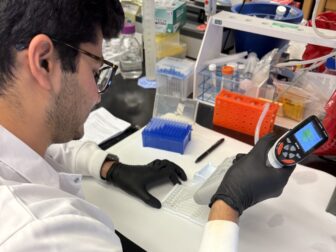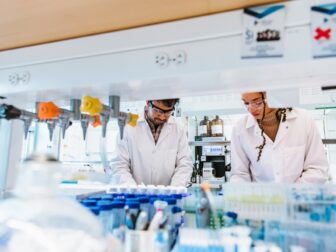Ameya Chaudhari, MS

Designing Innovative Skin Meshes for Accelerated Diabetic Wound Healing
Summary
Chronic wounds due to factors such as diabetes, obesity, and aging affect an estimated 10.5 million people in the United States. Non-adhesive wound dressings may necessitate sutures or staples for attachment, which can cause injuries to the skin, while conventional adhesive patches cannot adapt to repetitive physiological motions such as flexing and tension. To address these shortcomings, we have developed auxetic, elastic, and sticky (AuxES) skin meshes to accelerate wound healing. We screened over 60 geometric structures for the patches to identify the ones with the best auxetic properties, meaning they can expand and contract in ways that match human skin and movement properties. In addition, our meshes are drug loadable, allowing controlled release of medicines to promote healing, as well as biodegradable and 3D-printable. Because diabetic wounds are especially difficult to treat and often fail to heal on their own, we tested our AuxES patch loaded with an FDA-approved therapy for diabetic wounds in a mouse model of diabetes. We found that these drug-loaded patches significantly improved wound healing in mice.
Watch a Q&A with Ameya
I'm deeply honored to receive the PhRMA Foundation predoctoral fellowship. This fellowship empowers me to explore innovative drug delivery technologies, giving me the confidence to pursue my research ideas and make meaningful contributions to the field.

